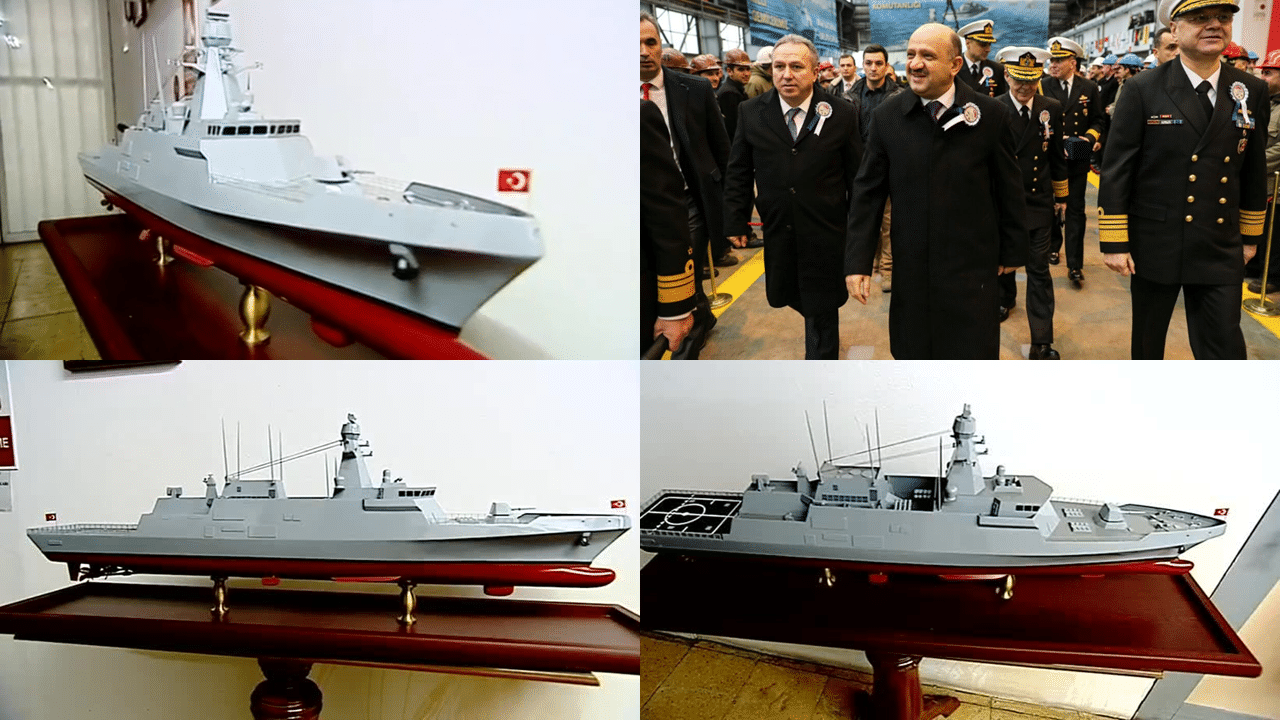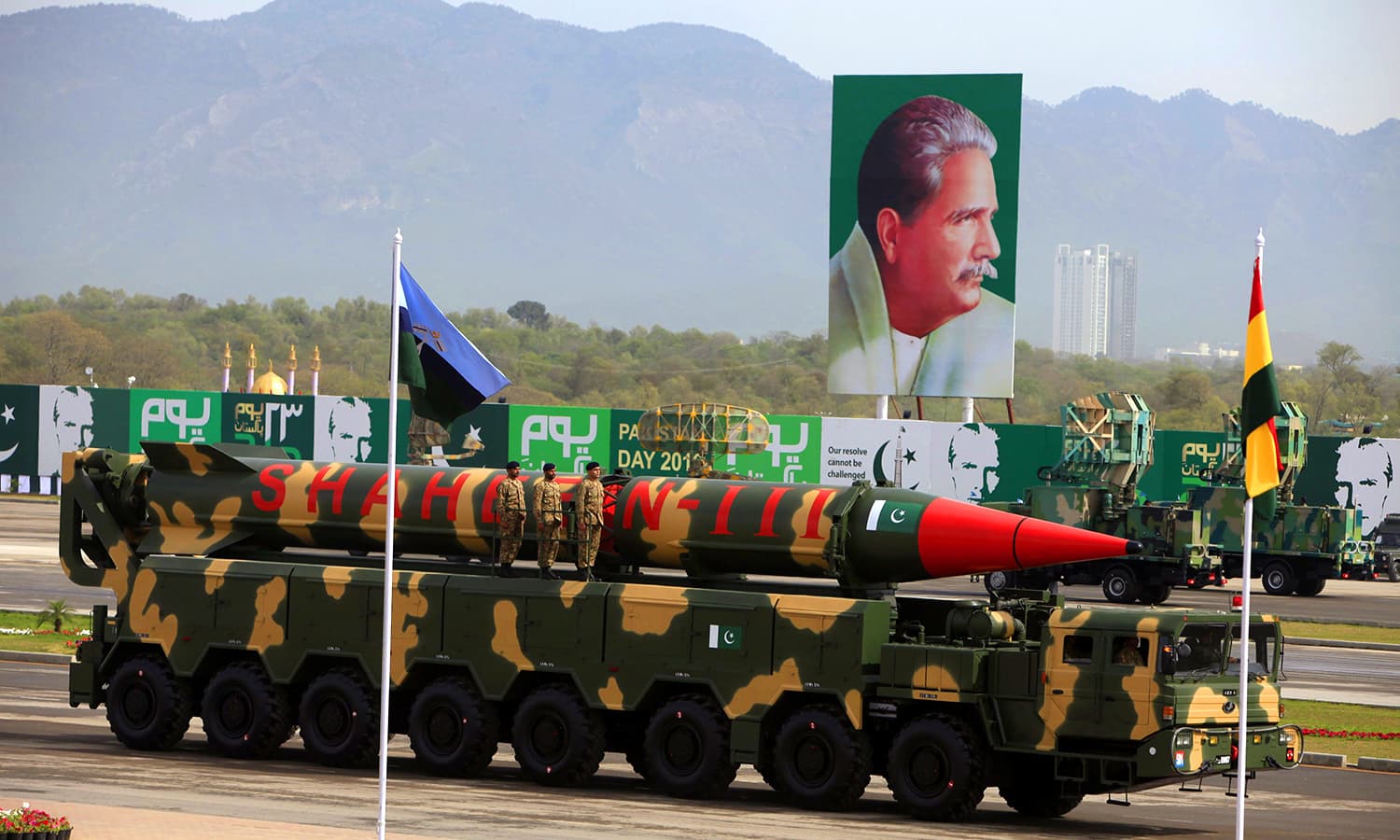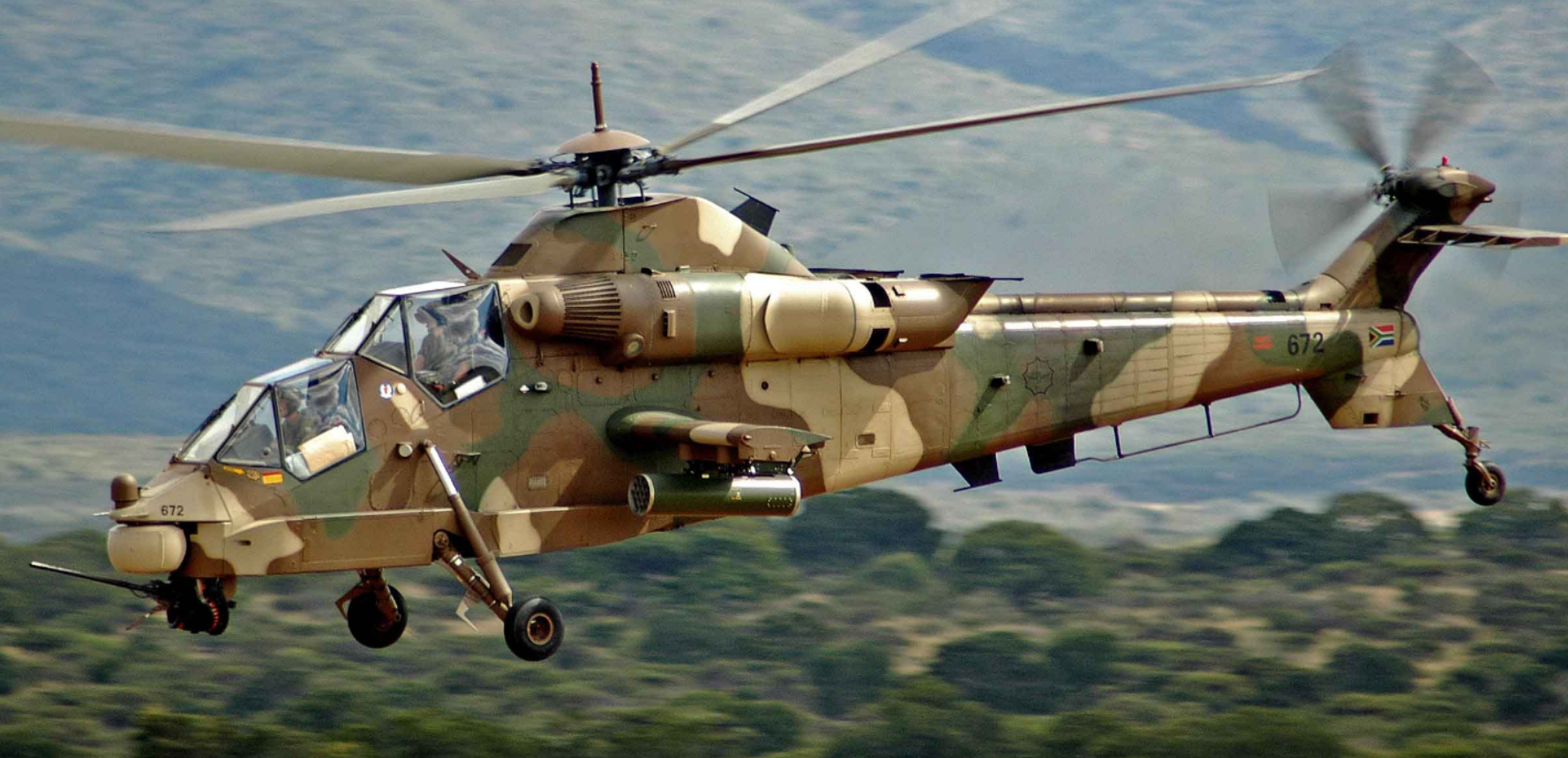36Views 19Comments

Discussion: Could the Istanbul-class frigate interest Pakistan?
Foreword: This is not a news story, but a piece for discussion. The details offered in this article are not authoritative pieces of information, but rather, perspectives of the author.
Last week, Turkey began the construction of its first Istanbul-class frigate. The next step of Turkey’s naval warship program – MILGEM – the Istanbul-class frigate is essentially an enlarged Ada-class corvette. With a longer hull (113.20 vs. 99.56 metres) and heavier displacement (3,000 vs. 2,300 tons), the Istanbul-class frigate is positioned as a fully-capable multi-mission design.
Granted, the Istanbul-class is not as large as some of its current and emerging contemporaries, but by re-using the Ada-class design, Turkey is thinning the development overhead of the MILGEM program, especially the local supply channel already built for it (amounting to 65% of the program contribution). In other words, unlike a clean-sheet frigate design, the Istanbul-class is much more affordable. Affordability makes the Istanbul-class frigate a plausible option for Pakistan.
Pakistan is negotiating with Savunma Teknolojileri Mühendislik A.Ş. (STM) for four MILGEM warships, and STM aims to conclude the contract in 2017. Thus far, it appears that Pakistan is seeking the corvette form – i.e. the Ada-class – of the MILGEM. The main purpose of the corvettes would be to assume the mainstay of peacetime patrol and maritime security tasks from the Type 21 frigates. However, this selection does not necessarily preclude the Pakistan Navy from opting for the Istanbul-class frigate, at least in the future.
There have been numerous reports of the Pakistan Navy seeking four additional frigates. Unfortunately, the specific mission objectives of these frigates were not disclosed, though the notion of introducing a credible AAW element is a fair assumption. In this respect, an improved iteration of the F-22P is a strong candidate, followed perhaps by a new multi-mission frigate design showcased by the China Shipbuilding Industry Corporation (CSIC) during the 2016 International Defence Exhibition and Seminar (IDEAS), which took place in Karachi, Pakistan in November 2016.
If the Pakistani frigate program is still alive, then CSIC should be considered the leading candidate. It is no secret that China possesses a robust naval development industry, one encompassing everything from advanced ship design to sensors, onboard electronics, and munitions. China could also offer a credit or financing program (as it had for the Hangor-class submarine program). However, given that Pakistan is negotiating with STM today for the MILGEM, the Istabul-class frigate could be a viable competitor.
Within the framework of building the surface fleet, the notion of simply skipping the Ada-class corvette in favour of the Istanbul-class frigate is valid. The cost difference between the Ada-class frigate and Istanbul-class frigate should be proportional to the latter’s improvements, and the cost of buying four Istanbul-class frigates will be less than four Ada-class corvettes and four Chinese AAW-capable frigates (alternatively: The Navy could simply opt for four CSIC frigates). The remainder of the Pakistan Navy’s peacetime maritime security needs can be fulfilled by smaller low-cost corvettes, such as an up-gunned version of the 1,500-ton CSIC maritime patrol vessel meant for the Pakistan Maritime Security Agency, among others. In the absence of credible AAW, the Ada-class corvette might simply be too large and too expensive for its expected role in the Pakistan Navy. Granted, this does not account for the possibility that Pakistan could be getting a bespoke Ada design including VLS.
That said, assuming the Ada-class corvettes are procured in the end, the apparent commonality between the Ada-class and Istanbul-class could factor into the Pakistan Navy’s frigate decision. Assuming the two share a substantial proportion of internal subsystems, the long-term savings in logistics and maintenance costs could position the Istanbul-class frigate as a viable purchase. Considering that up to three of the new corvettes are to be built at Karachi Shipyard & Engineering Works (KSEW), it would be easier to re-utilize the production infrastructure for a relatively close MILGEM variant (likewise, the same argument can be made for an improved F-22P variant, such as the C28A).
Costs will also be shaped by Pakistan’s selection of subsystems and weapons. Considering the depth of Turkish-Pakistani defence transactions thus far, one can expect a Pakistani MILGEM (corvette or frigate) to utilize available solutions from Aselsan, Havelsan, and Roketsan. Aselsan can offer its Variable Depth Sonar (VDS), HIZIR torpedo-countermeasure system, ZOKA torpedo countermeasure decoy, Integrated Naval Communication System, etc. Havelsan could provide its GENESIS combat management system.
The main question would be the main radar, VLS, and medium-range SAM. The added cost of an off-the-shelf solution could push the cost-threshold beyond what is readily sustainable for Pakistan. However, it is worth listing the plausible options (though costly): the Leonardo KRONOS Naval and MBDA Aster-15 or Common Anti-air Modular Missile (CAMM); the Saab Sea Giraffe AMB and Denel Dynamics Umkhonto combination; the Thales SMART-S Mk2 and MBDA Aster-15 or CAMM.
Although the prospect of Pakistan procuring the Istanbul-class frigate is unlikely, the Istanbul-class should be considered the most viable Western frigate option available to Pakistan. In any case, the Istanbul-class frigate is a positive step for the Turkish shipbuilding industry, providing it with a competitive and capable product for domestic needs and the overseas market. This bodes well for this emergent naval supplier.


